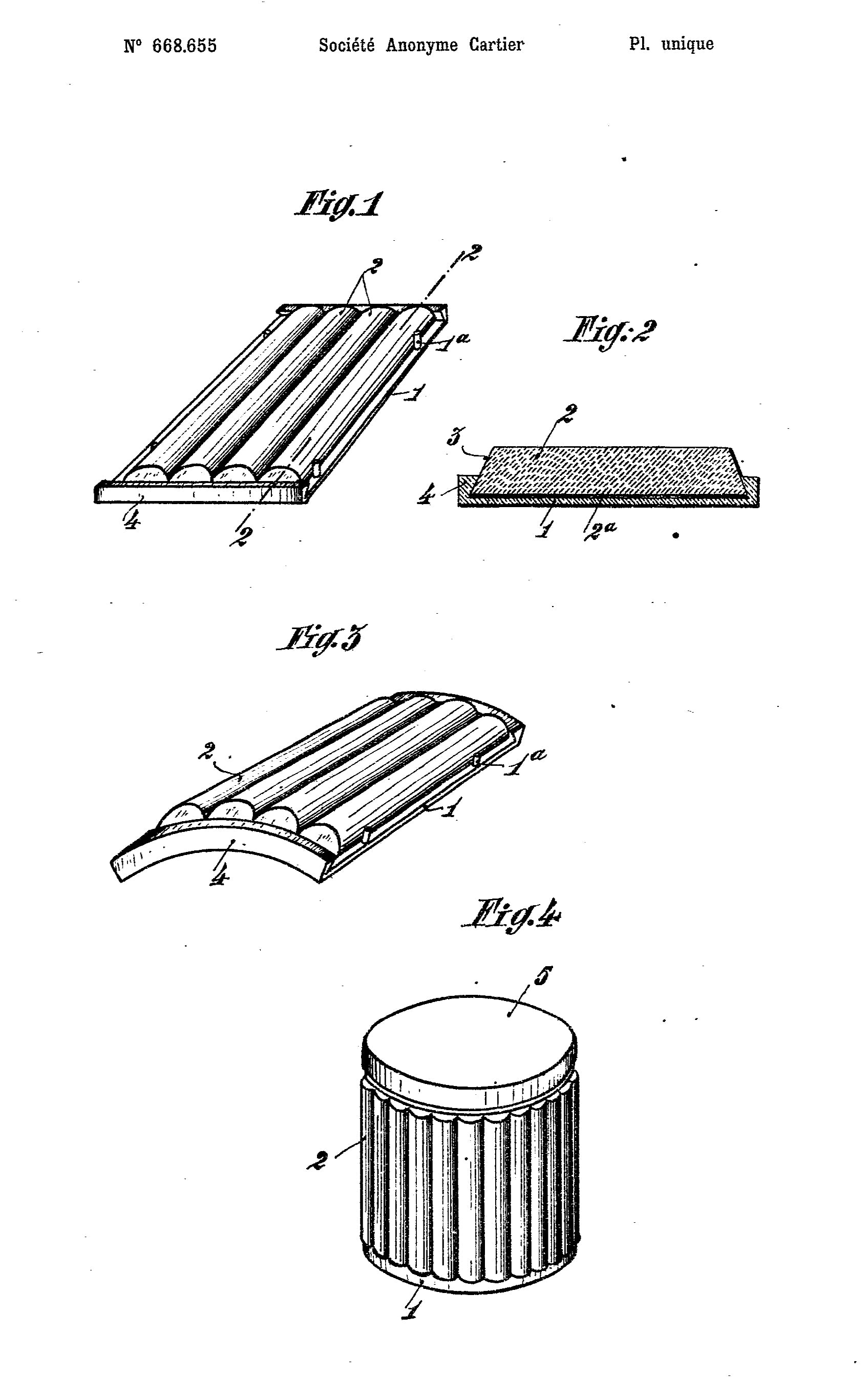Art Deco Lighter by Cartier, Paris, circa 1930
Art Deco Lighter by Cartier, Paris, circa 1930
A lighter composed of glass segments over an amber-tinted mirror, with black enamel on the top and bottom; mounted in silver and gold, with French assay marks; in a fitted box
- Signed Cartier, Paris, Made in France, with maker’s mark
- Measurements: 2 13/16 × 2 1/2 × 1 7/16 inches
Additional cataloguing
Biography
Cartier was founded in Paris in 1847 by Louis-François Cartier. His three grandsons, Louis, Pierre, and Jacques, built the house into a famous international jewelry empire serving royalty, Hollywood stars, and socialites. Cartier has created some of the most important jewelry and objects of art of the twentieth century with many iconic designs such as mystery clocks, Tutti Frutti jewelry and the Panthère line. In 1983, The Cartier Collection was established with the
objective of acquiring important pieces that trace the firm’s artistic evolution. Today, Cartier has 200 stores in 125 countries.
Significance
Small, precious objects were a mark of sophistication in the late 1920s. With the popularity of smoking growing rapidly during World War I (as tobacco companies targeted soldiers), after the war there was an increased demand for luxurious smoking accessories, including cigarette cases, lighters, match cases, cigarette holders, ashtrays and tabletop boxes. Often given as gifts for achievement or affection, these accouterments were in high demand, and Cartier provided elegant products in a range of prices.
The 1920s and 1930s were a time of great technological advancement on land, on sea, and in the sky. The excitement of new technology was reflected in the bold streamlined shapes of the late Art Deco, known as Art Moderne. Coming off the elaborate decoration of previous decades, the straight lines of the Art Deco were modern and shocking. The Art Moderne period even more so, as artists associated with the Union des Artistes Modernes (UAM), such as Jean Puiforcat and Jean Fouquet, eschewed extraneous decoration in favor of austere and inventive pieces. Cartier was most recognized in this period for elaborate all-white diamond confections of great beauty and presence, but occasionally, the designers showed their understanding for what was happening on the design forefront with pieces that were stripped down, and inspired by machines, as something from a UAM designer might be.
The use of glass batons to cover the mirrored surface elevates this lighter to a work of great technical skill that is iconically Cartier. Deceptively simple, this technique was patented by Cartier in 1929 for use on “objects of luxury, for which one seeks certain qualities of presentation and elegance.” The patent goes on to say, “The advantage of the invention, as it is understood, combines the strength of metal with the decorative and shining qualities of the glass.” Designed with streamlined simplicity in mind, but the use of mirrored batons on a curved surface was a technical achievement designed to catch and play with light. This unusual lighter would be a beautiful addition to any table.






